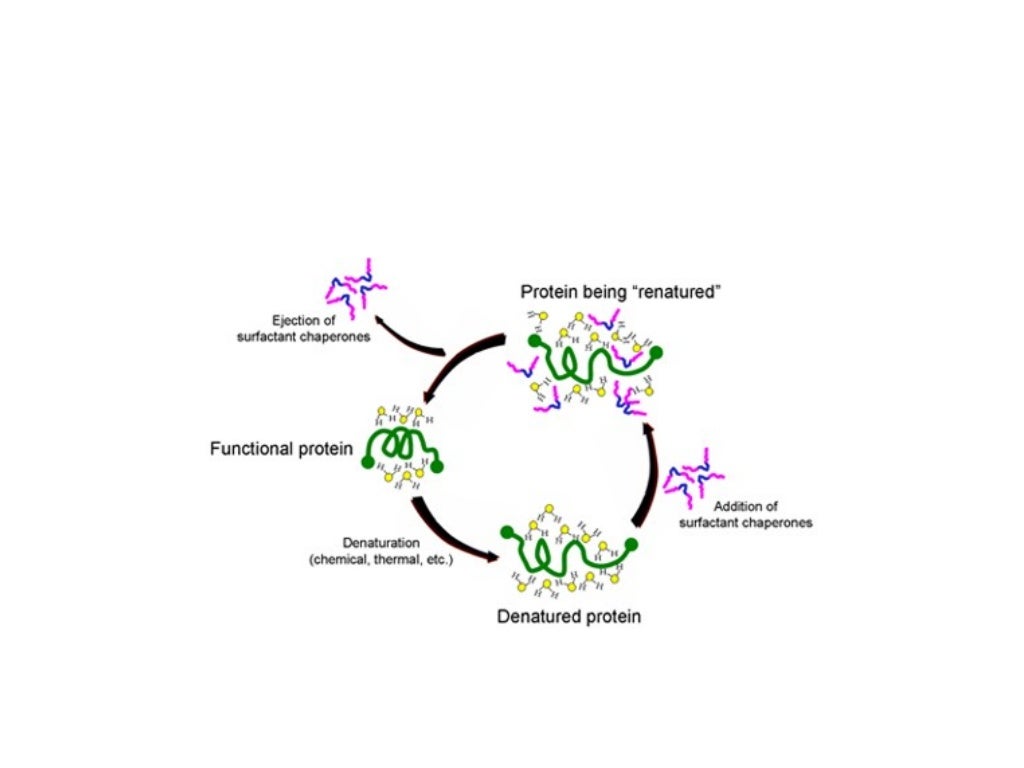

Nishihara, K., Kanemori, M., Kitagawa, M., Yanagi, H. Reduction of insoluble protein during expression.Correct in vivo folding of expressed recombinant proteins in E.Upon submission of the form, you will be directed to a page with appropriate ordering information. NOTE: For commercial use of this product, please fill out the commercial use inquiry form. The second step is to prepare competent cells from this new strain and transform this strain with a plasmid expressing the target protein. coli host transformed with only the chaperone plasmid. Use this set to perform a two step method to construct target/chaperone co-expression systems: In the first step prepare an E. These plasmids also contain the necessary regulator ( araC or tet r) for each promoter. Therefore, expression of target proteins and chaperones can be induced individually if the target gene is placed under the control of other promoters (e.g. The chaperone genes are situated downstream of an araB or Pzt-1 (tet) promoter. coli expression systems utilizing ColE1-type plasmids containing an ampicillin resistance gene as a marker. Each plasmid carries an origin of replication derived from pACYC and a Cm r gene, which allows use with E. Co-expression of a target protein with one of these chaperone teams increases the recovery of soluble proteins. The Chaperone Plasmid Set consists of five different plasmids, each of which is designed to express multiple molecular chaperones that function as a "chaperone team" to enable protein folding. Plasmids in the Chaperone Plasmid Set work well in combination with the pCold Expression System Vectors.
#Chaperone protein how to
coli host transformed with just the chaperone plasmid, and the second step describing how to prepare competent cells from the chaperone plasmid-containing strain and to transform this strain with the target protein-containing plasmid. This product prescribes a two-step method to construct target protein/chaperone co-expression systems, the first step describing how to prepare an E.coli BL21(DE3) pLysS and BL21(DE3) pLysE, both of which contain the pACYC replication origin and Cm r gene-containing pLysS or pLysE plasmids, cannot be used with this system. coli BL21(DE3), which is often used with pET and other systems, is a compatible host strain. coli host strains or expression plasmids that carry a chloramphenicol-resistance gene. The Chaperone Plasmid Set cannot be used in combination with chloramphenicol-resistant E. coli expression systems that utilize colE1-type plasmids with ampicillin resistance. The Chaperone Plasmid Set offers a pACYC ori and Cm r gene, allowing the use of E.The chaperone genes are situated downstream of the araB or Pzt-1 (tet) promoters as a result, expression of target proteins and chaperones can be individually induced if the target gene is placed under the control of different promoters (e.g., lac). coli expression systems containing ColE1-type plasmids that confer ampicillin resistance. Each plasmid carries an origin of replication (ori) derived from pACYC and a chloramphenicol-resistance gene (Cm r) gene, which allows the use of E.

Co-expression of a target protein with one of these five chaperone plasmids increases the recovery of soluble protein and minimizes product loss as a result of insoluble protein. The Chaperone Plasmid Set consists of five different plasmids, each of which is designed to express multiple molecular chaperones that function together as a "chaperone team" to enable optimal protein expression and folding and to reduce protein misfolding.


 0 kommentar(er)
0 kommentar(er)
